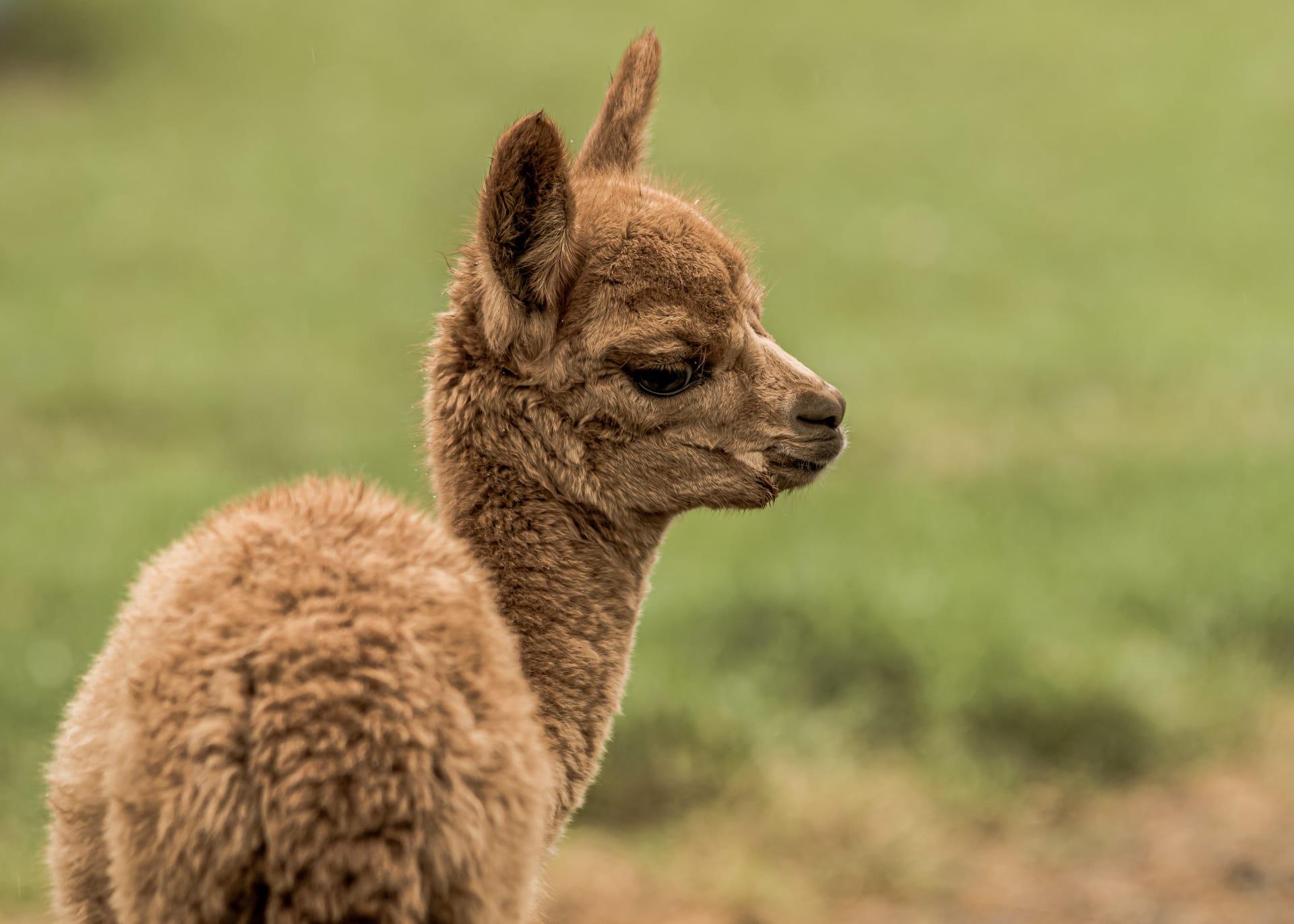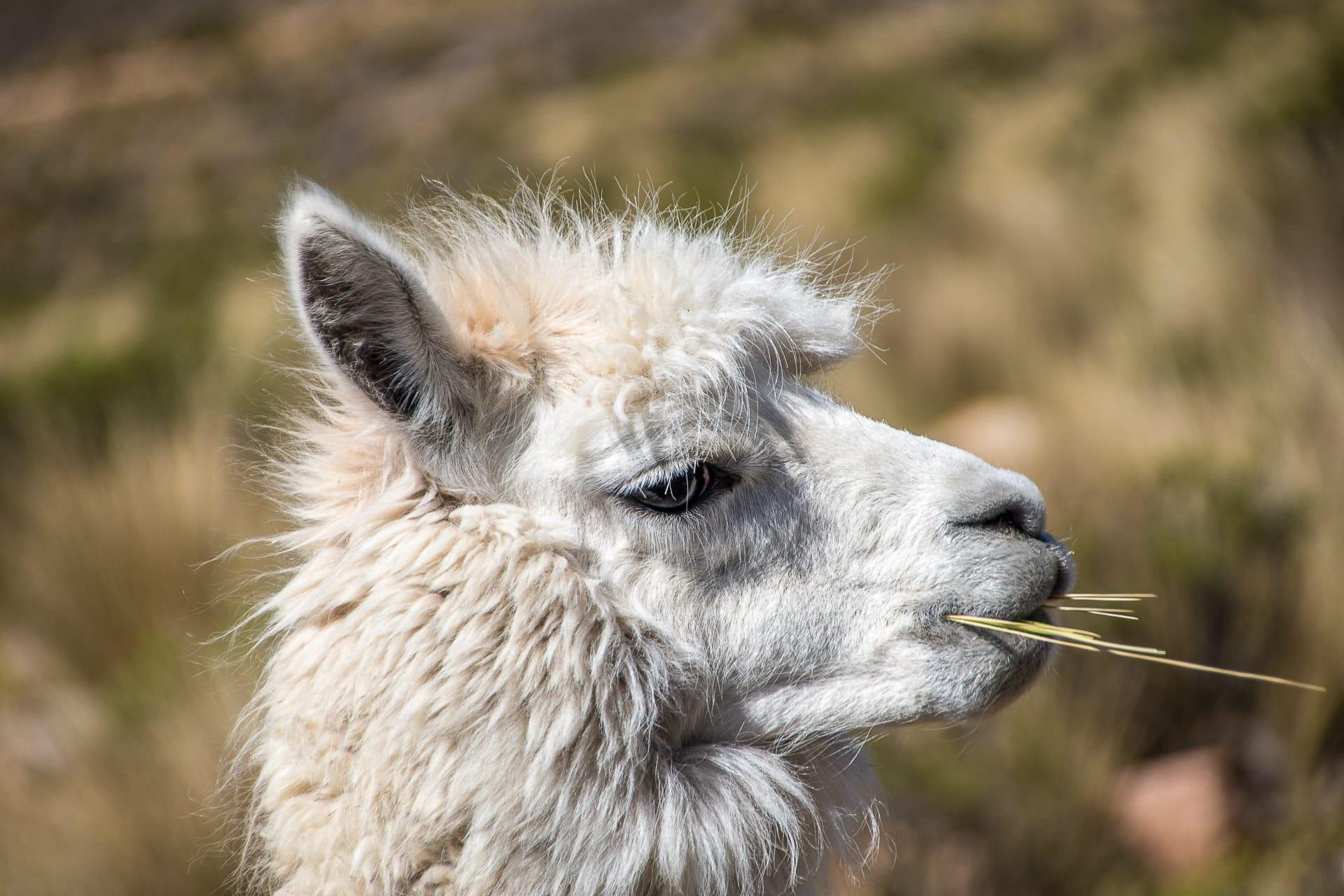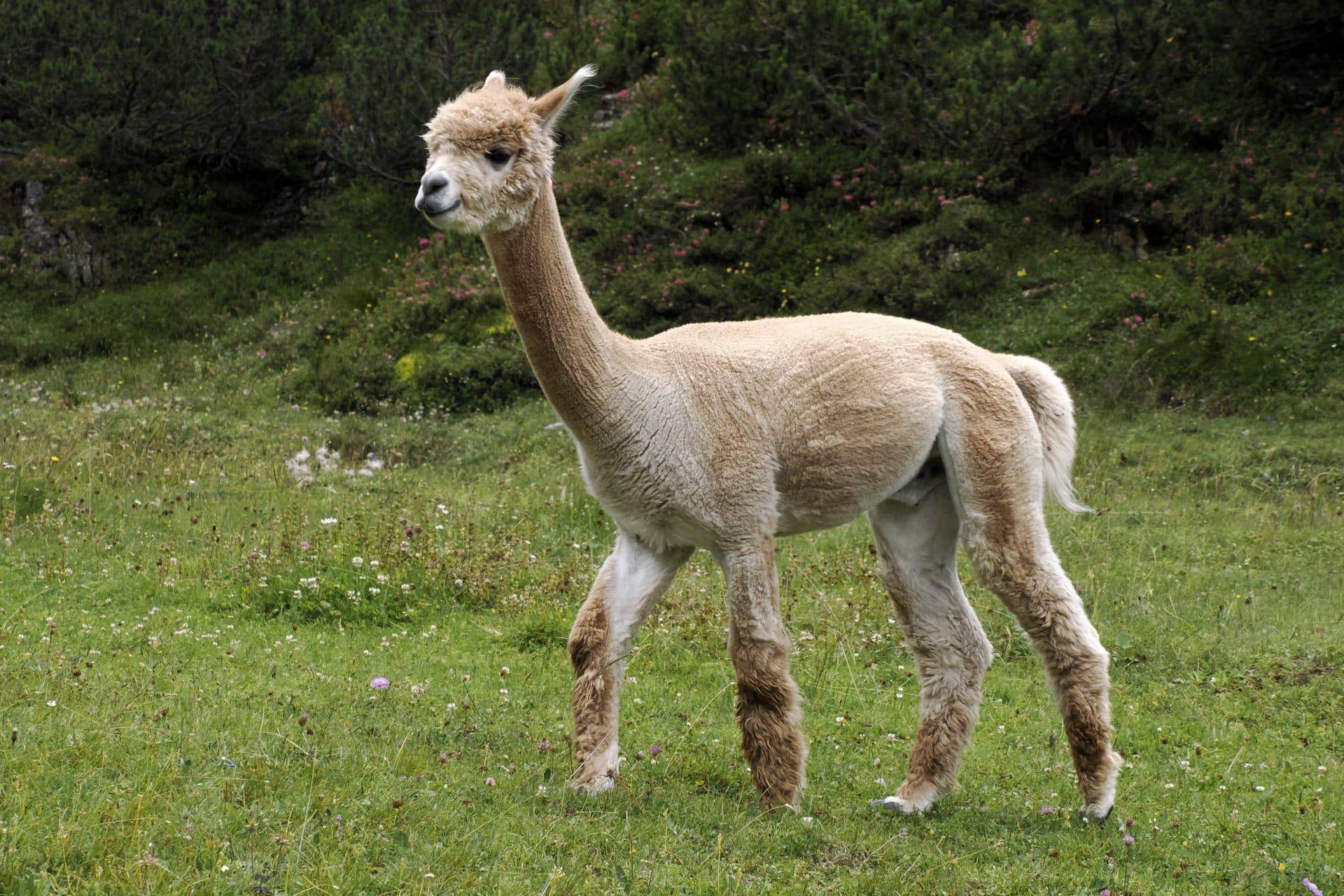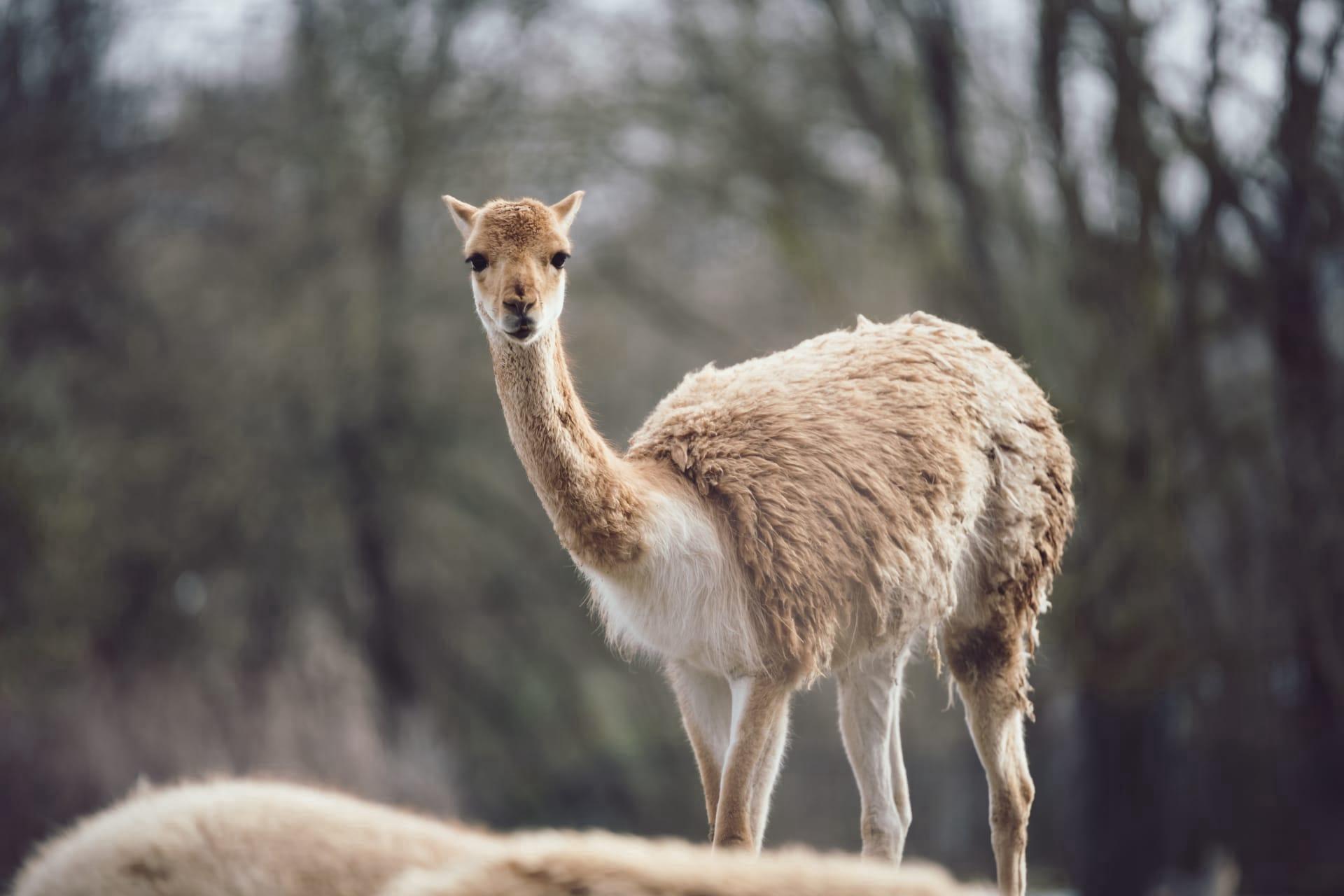1
Llamas are not just adorable; they're incredibly practical animals. One intriguing aspect is their efficient water usage. Llamas can thrive in arid environments, thanks to their ability to conserve water like camels. They have a unique blood composition with oval-shaped red blood cells, which allows them to remain hydrated longer under harsh conditions. This adaptation is particularly vital in their native Andean highlands, where water sources can be scarce. Moreover, llamas can drink salty water without any ill effects, a rare trait among mammals. This ability helps them survive in areas where fresh water is limited.
Another fascinating fact about llamas is their social structure and communication. Llamas are highly social animals, often living in groups of up to 20. They communicate with each other through a series of ear movements, body postures, and humming sounds. The hums can convey different emotions or needs, such as anxiety, curiosity, or contentment. Interestingly, mother llamas hum to their babies, which helps in strengthening their bond. This complex communication system is essential for maintaining harmony within the herd and navigating their social environment.

2
Llamas have a unique defense mechanism against predators – they spit! This isn't just regular saliva; when threatened, a llama can project a foul-smelling, acidic stomach content up to 10 feet away. This spitting is primarily used to establish dominance within their group or deter predators. It's an effective way of keeping enemies at bay without engaging in physical combat. Llamas also have excellent eyesight, which helps them spot potential threats from a distance and take action, whether it's spitting or alerting the herd.
Did you know llamas are eco-friendly lawn mowers? These creatures have a gentle way of grazing, nibbling the top off of grass rather than pulling it out by the roots. This method of feeding promotes regrowth and helps maintain healthy grasslands. Additionally, their padded feet are less damaging to the terrain compared to the hooves of other livestock, reducing soil erosion. This makes llamas an excellent choice for sustainable farming practices and land management.

3
Llamas have been domesticated for thousands of years, primarily for their wool, meat, and as pack animals. Their wool is hypoallergenic and does not contain lanolin, unlike sheep's wool, making it a great alternative for people with allergies. Llama wool is also incredibly warm and lightweight. The fibers are hollow, providing excellent insulation, a necessity in the cold Andean highlands. This quality makes llama wool highly sought after for making garments and blankets.
Another interesting fact is llamas' role in agriculture. They are often used as guard animals, especially to protect sheep and goats from predators. Llamas are naturally protective and have a strong instinct to guard their territory. They are particularly effective against small predators like coyotes and foxes. Farmers have found that a single llama can effectively protect a flock of sheep, reducing the loss from predators significantly. This use of llamas showcases their versatility and importance in sustainable farming practices.

4
Llamas play a significant role in Andean culture and folklore. They are often depicted in traditional art and stories, symbolizing strength, perseverance, and endurance. In some Andean communities, llamas are part of spiritual ceremonies and festivals. During these events, llamas are adorned with colorful decorations and are treated with great respect, highlighting their cultural importance. These traditions emphasize the deep connection between llamas and the Andean people, spanning back centuries.
Did you know that llamas have a natural curiosity and good memory? They are known to explore their surroundings thoroughly and remember pathways and locations. This trait is particularly useful when they are used as pack animals in the Andes. They can navigate difficult terrain and remember specific routes, even after long periods. This cognitive ability, combined with their sure-footedness, makes them invaluable companions for traversing mountainous landscapes.

5
Llamas have a unique digestive system with three stomach compartments, allowing them to break down tough plant material efficiently. This adaptation lets them get the most nutrients out of sparse vegetation found in high-altitude regions. Their digestive process is slow, ensuring maximum extraction of nutrients and water, which is crucial for survival in their native habitats. This efficient digestion contributes to their ability to thrive in harsh environments.
Llamas have a significant impact on their ecosystem. Their grazing habits help control plant growth and maintain the balance of their habitats. Moreover, their feces, known as "llama beans," are an excellent natural fertilizer. These droppings are virtually odorless and rich in nitrogen, helping to enrich the soil. This makes llama manure a valuable resource in organic farming and gardening. The presence of llamas in an ecosystem, therefore, contributes positively to the environment, emphasizing their role beyond being just domestic animals.